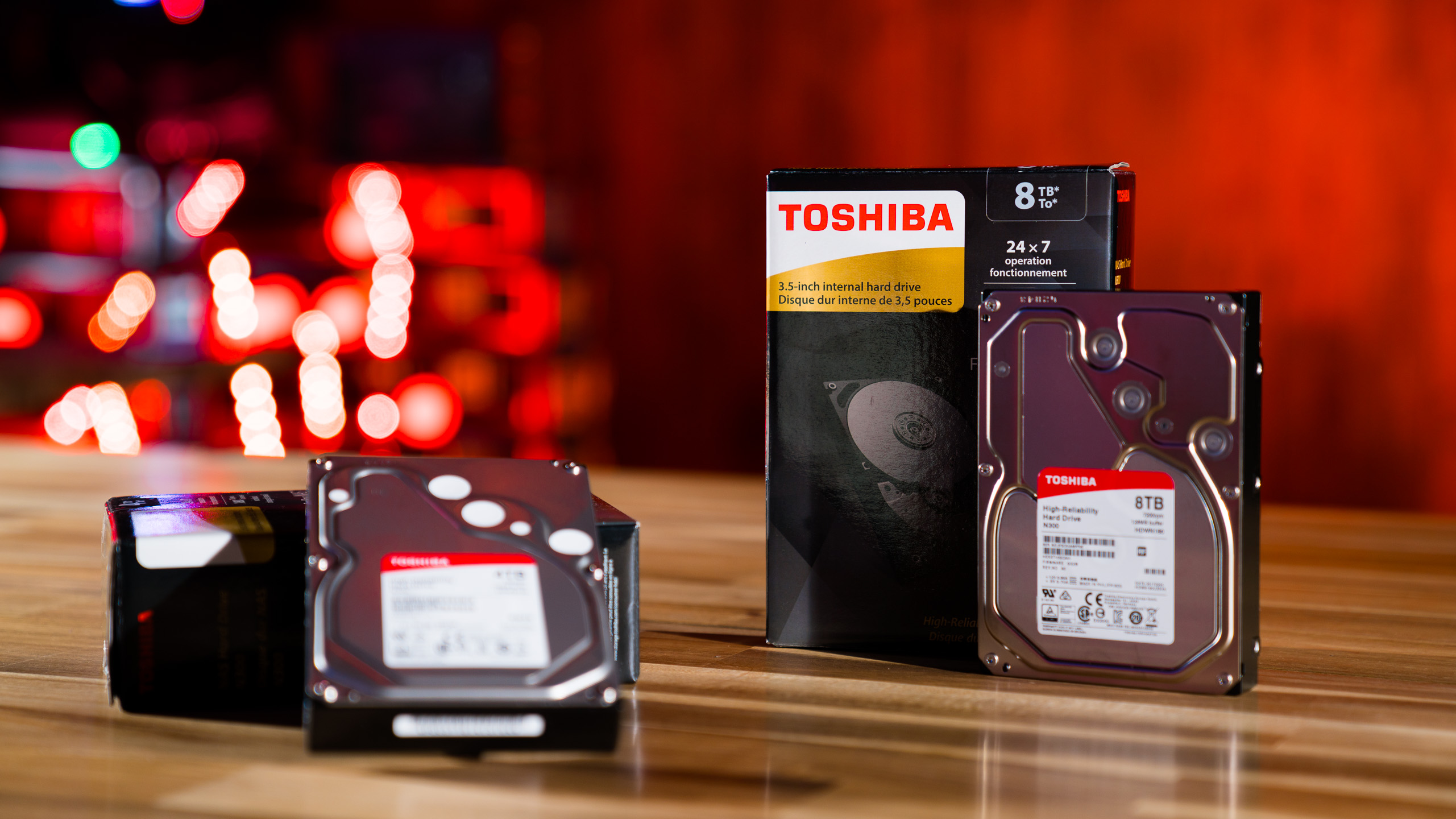
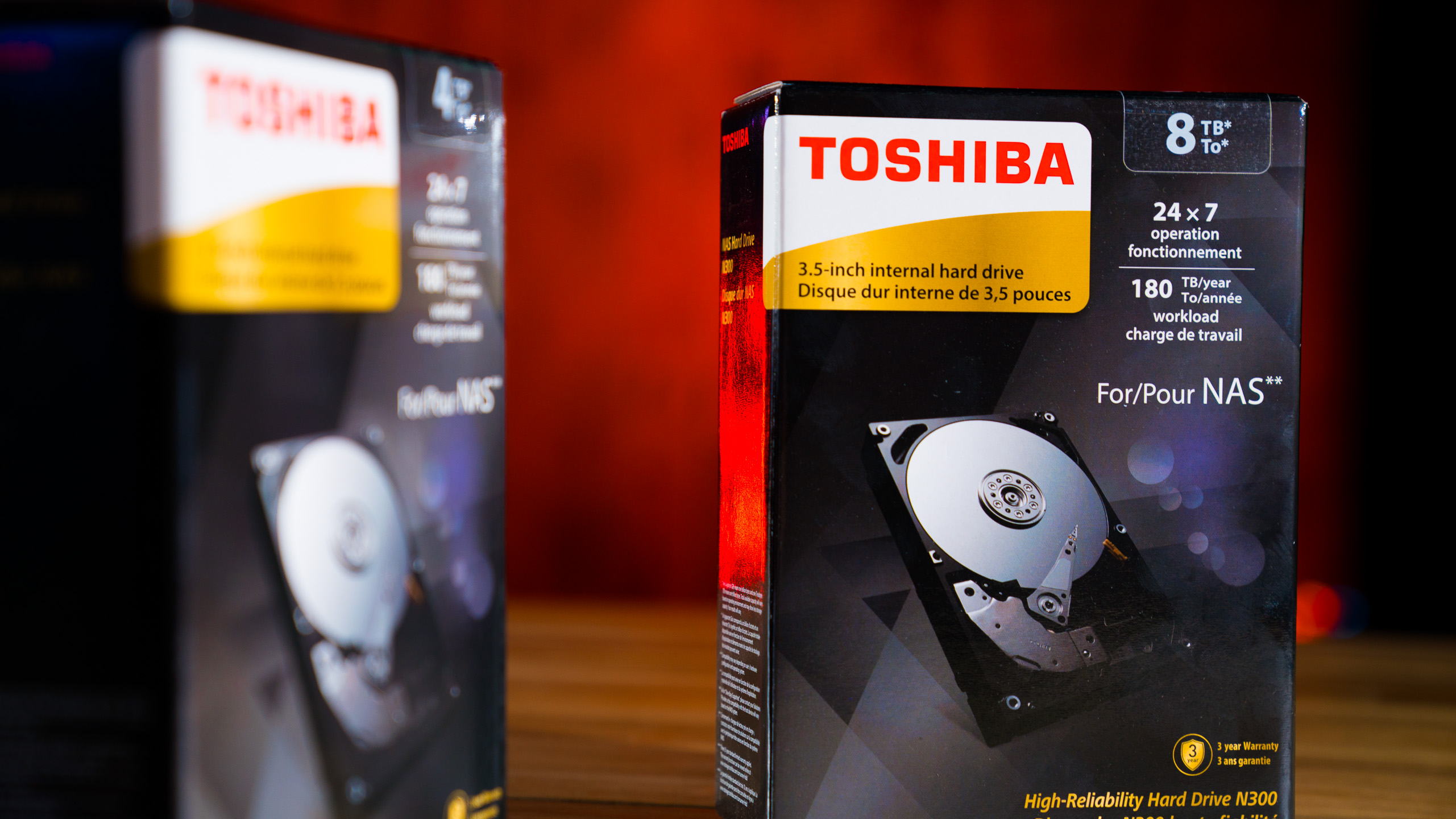
This article is brought to you by Toshiba’s N300 NAS drive, available now on Newegg.
Network Attached Storage (NAS) drives are quickly becoming a necessary part of any home network, especially for people spread out along multiple devices that like to work or relax in a variety of settings, but who still need to access large media files from devices with comparatively small storage solutions.
But even though NAS drives are more important than ever, there are still many people who don’t know much about this particular corner of the hardware world. We’re here to help, so let’s get into what NAS Drives are, and why they’re a valuable addition to your home or office network.
Why does anyone need a NAS System?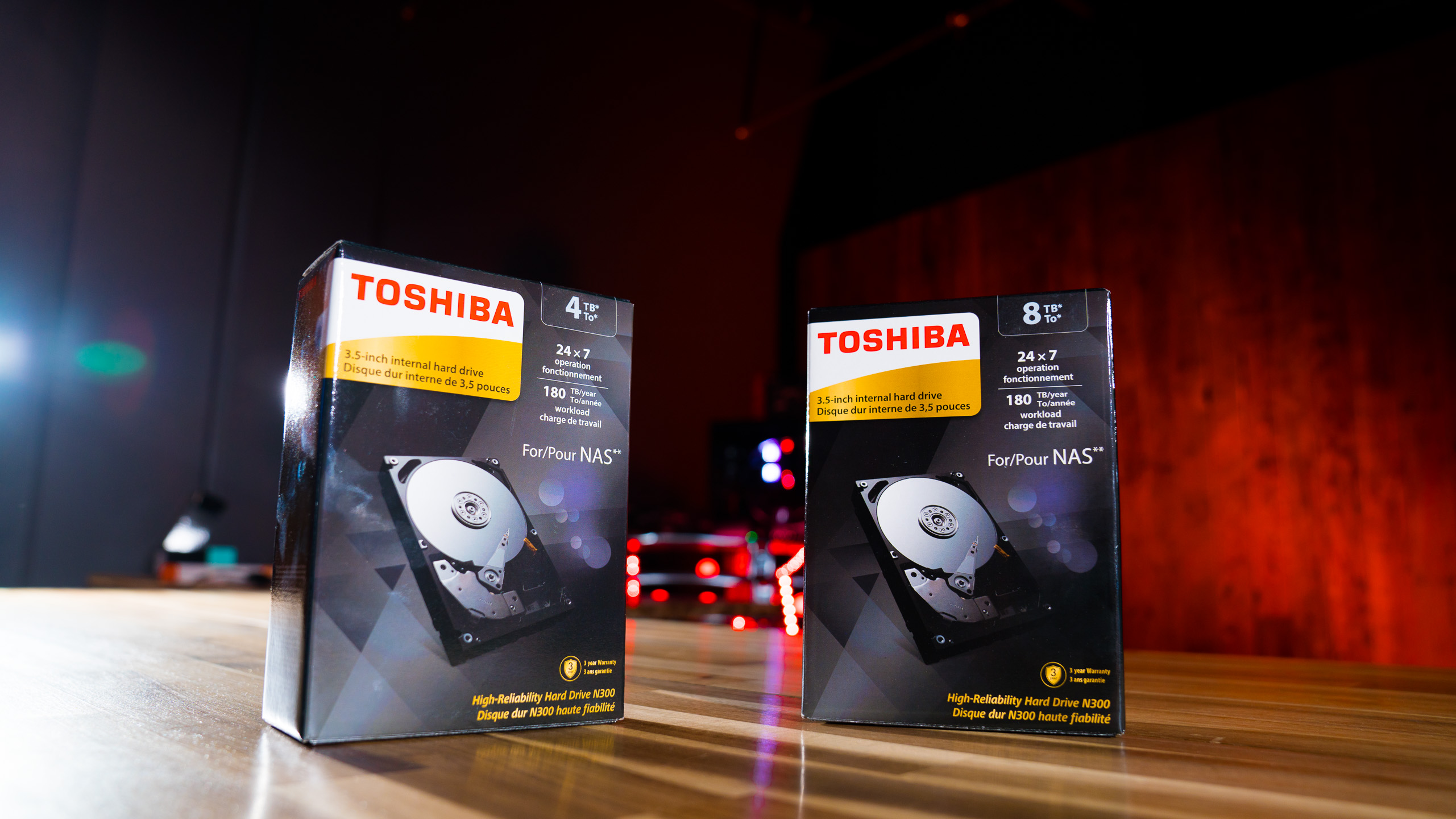
NAS systems are a large-scale storage solution for people that are tired of mucking about with slow external hard drives or who don’t want to slot yet another high capacity HDD into their primary PC. NAS systems are for people that need something bigger, faster, and more reliable than any other drive on the market, to make sure that their files are safe and easy to access from anywhere.
NAS systems offer a chance to take the hassle out of the storage equation by syncing what’s essentially a very simple file server up to your network, allowing you to transfer files between any of your devices and the NAS over your network connection without actually adding a full-blown server, and the full-blown costs that go along with it, to your network.
This allows you to access and transfer files via ethernet or wi-fi at the maximum speed of your local network connection, and as a result your transfer speed is only really limited by your respective router, network activity, and the drives themselves, rather than by whatever port you plug your external hard drive into.
With the right software you’ll also be able to access these files remotely, allowing you to interact with anything stored on your NAS even if you’re thousands of miles away. You may not see identical transfer speeds to your home network using this method because you’ll be limited by the internet bandwidth at hand, but you’ll still be able to access and manipulate files at approximately the speed of that connection, which is a much better option that going without your files entirely.
Why use specific NAS Drives Over Conventional HDDs?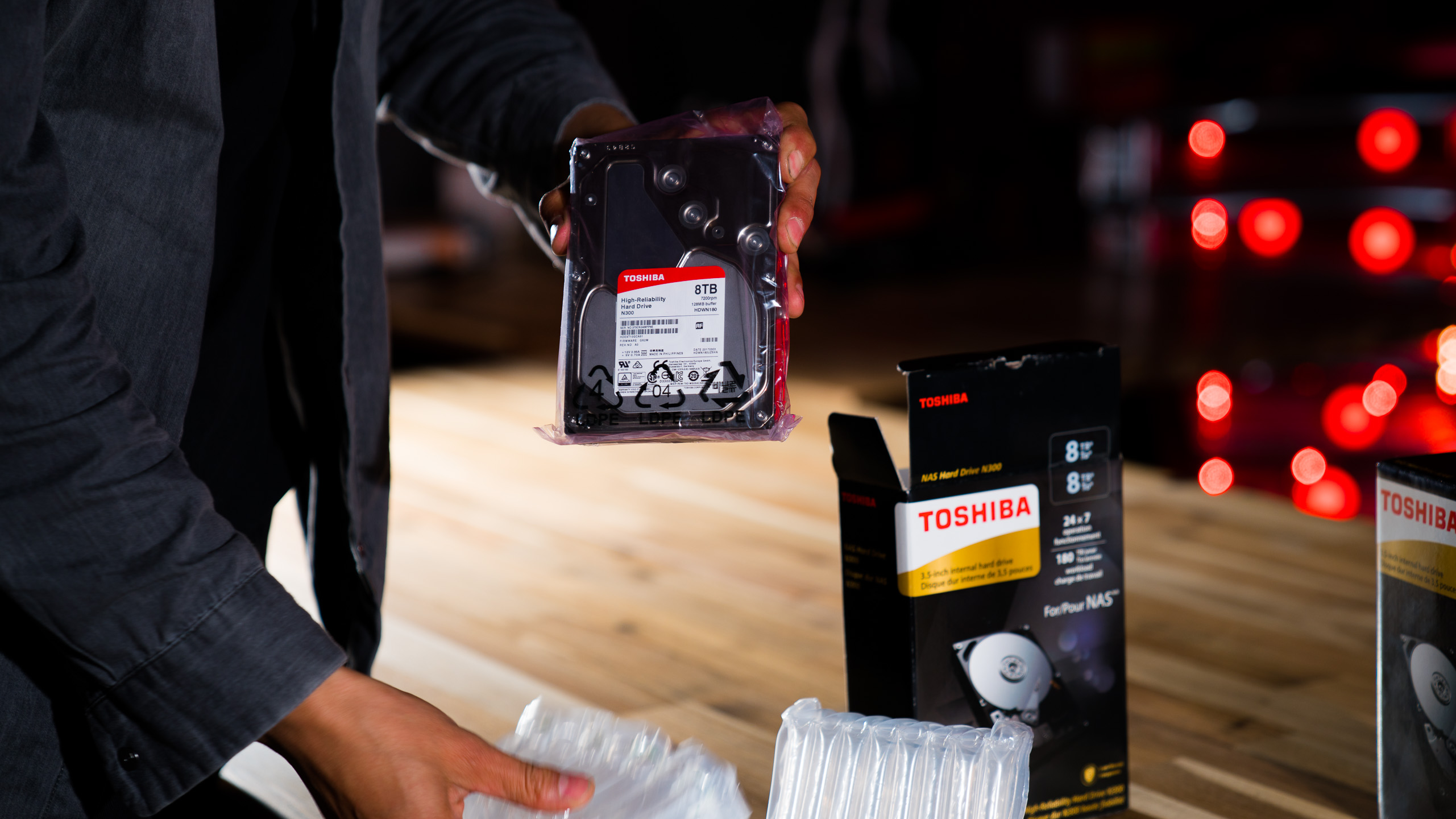
It’s important to note that most of the time when you set up a NAS you’ll be slotting several drives into a single array and configuring it to run in a RAID format, so that if any one drive fails you’ll be able to easily swap out a new drive without losing access to any of your files. That said, you can technically slot almost any drive into the array to fit your needs, depending on RAID compatibility, but NAS drives are built to function specifically within a NAS system’s unique environment, which translates to reliability, capacity, and speed wrapped up with a bow on top.
This means that NAS drives are built with continuous 24/7 activity in mind, assuming you’re going to either be constantly accessing these files and initiating transfers as part of a surveillance system or a fast-paced media environment, or that your NAS is just going to be active constantly to keep up with your specific storage demands.
As a result, NAS drives are rated on a scale of Mean Time To Failure(MTTF) in the millions, rather than in the hundreds of thousands, while also recognizing that those calculations are based off a system that’ll be transferring 180TB/Year, which is a lot of data. And if that isn’t enough, NAS drives like the Toshiba N300 are built to run at 7200RPM, offering snappy transfer speeds often in excess of 200MB/s.
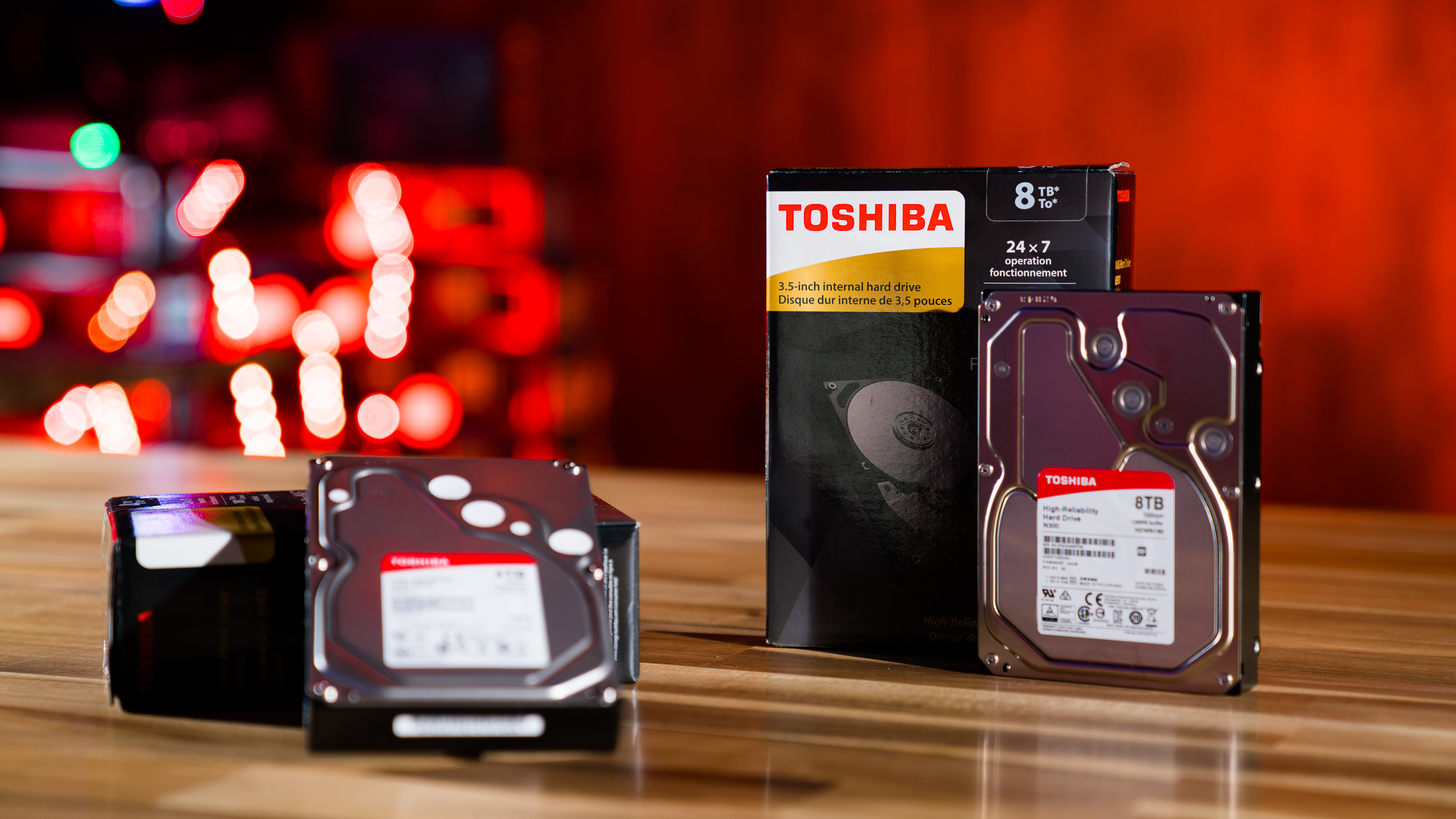
Not everyone is going to need a monster of an 8TB drive that can operate alongside 8 of its beefy brothers, but even a small office or a home user looking to wipe their storage issues off the map for years to come should consider several slightly smaller but no-less-reliable 4TB drives they can trust to offer quality performance over a significant lifetime.
The real beauty of a NAS system is that as long as there’s more room in your enclosure and your drives support it, you can generally continue to add drives to your system as your storage needs continue to scale. In the case of the N300, this means you can add up to 8 drives in a multi-RAID system, allowing you to upgrade your system by slotting in a new drive to fit your expanding storage needs without replacing your entire array.
NAS drives like the N300 also come with plenty of bells and whistles like rotational vibration sensors, heat prevention systems, error recovery control, and dynamic cache technology, all of which help keep your data safe and secure, without significantly increasing the price-per-TB bottom line.
With all the features and use cases considered, NAS drives as a valuable commodity for home and business consumers alike, offering high levels of quality and reliability for people that want to make sure their data is as safe and secure as physically possible.
Check out the Toshiba N300 NAS drives on Newegg in 4TB, 6TB, and 8TB.
For more on Toshiba’s drives, check out this video documenting how the Related Grey animation studio uses the N300 drives.

